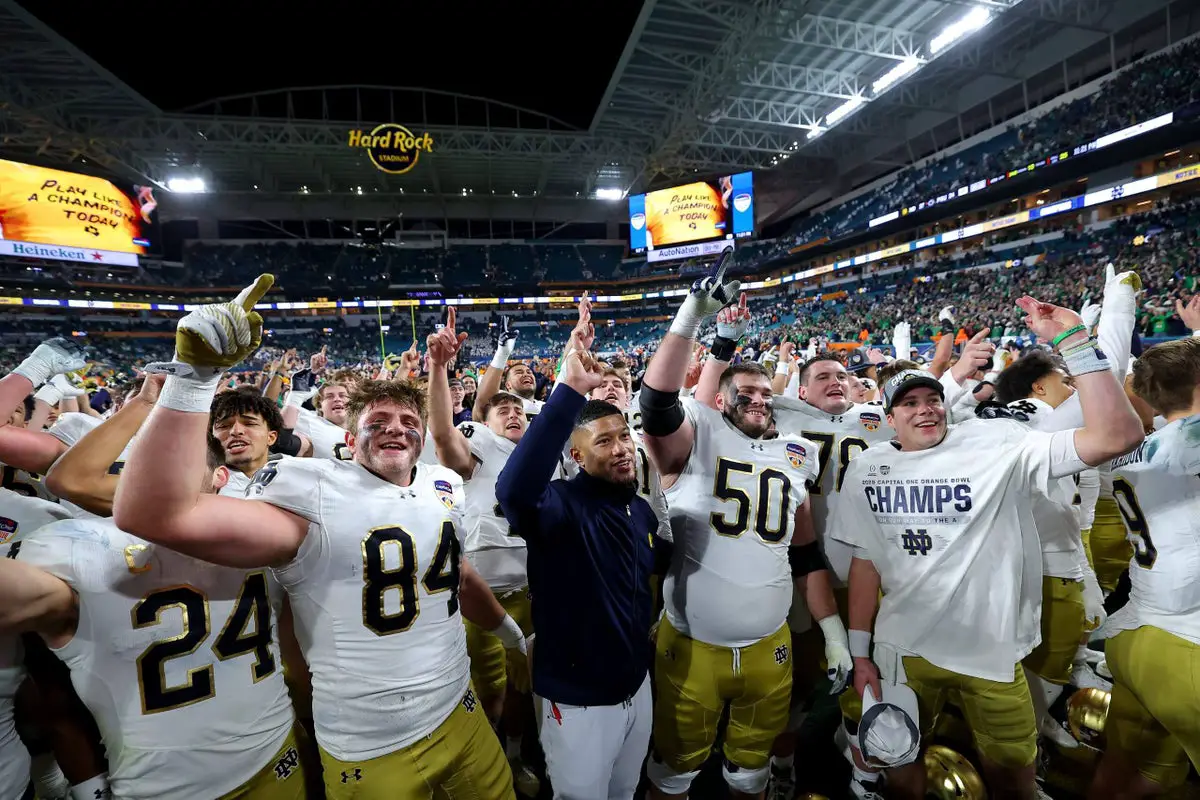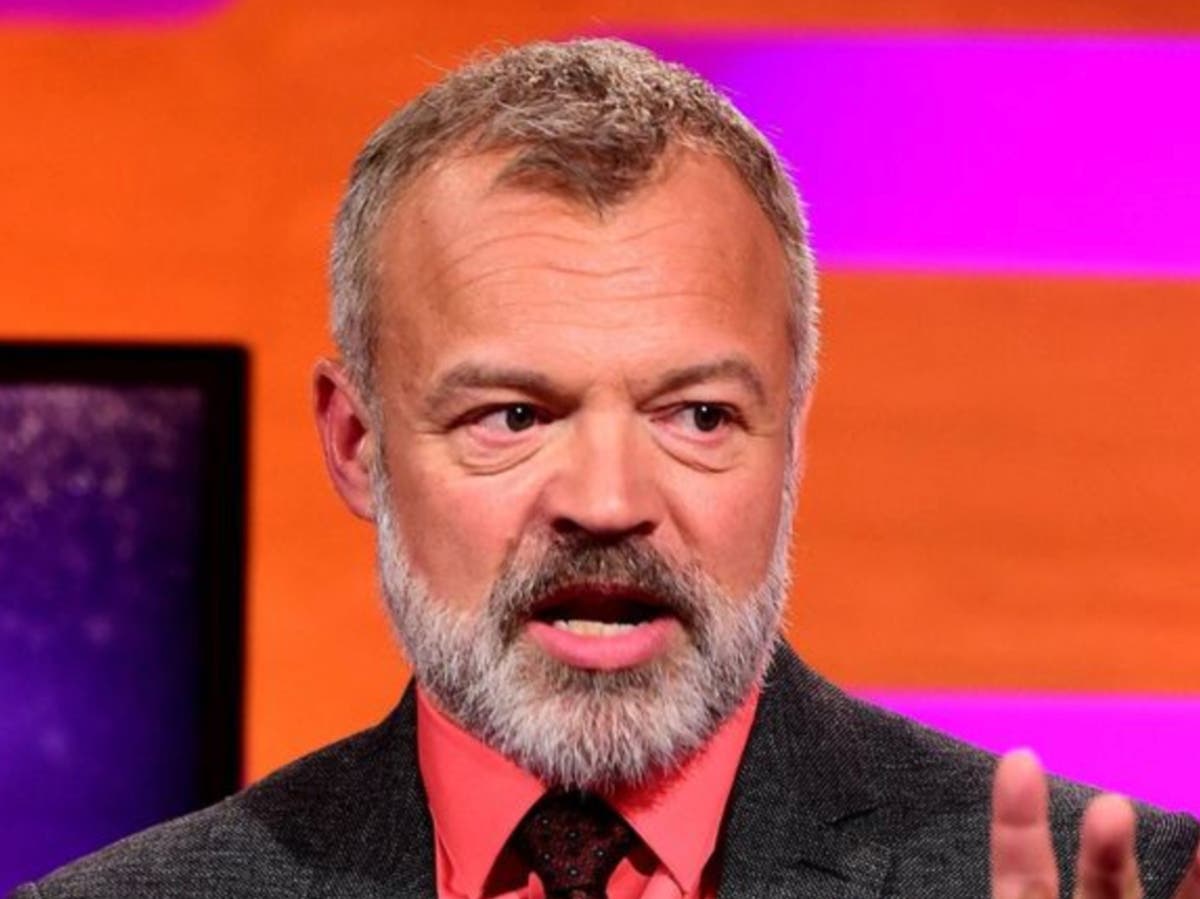Hellen Obiri, the Kenyan long-distance runner, is a hot prospect for the Olympics this month. That is not only down to a talent that has seen her take two silver medals previously and a win at the Boston Marathon in April – but also her shoes.
In Paris, Obiri will wear the Cloudboom Strike LS. This innovative design made by Swiss sneaker brand On using what they call LightSpray technology has just been released in time for the Olympics.
To produce each shoe, a robotic arm holds a foot-shaped last as thermoplastic polyurethane is sprayed in a continuous string, coalescing into a rubbery textile shoe. The resulting design has no laces but a bulbous sole to absorb impact. The women’s shoes weigh just 158 grams (5.5oz) making them more aerodynamic – even if they look a little unusual
Obiri was initially sceptical. “The first time I saw the shoes, I said, ‘No,’” she told the New York Times. “‘I can’t run with these.’” After winning in Boston, however, On reported she wouldn’t give the shoes back.
This is great publicity for the brand, but it’s actually just the latest example of how On is booming. At the last Olympics in 2021, few sneakerheads would have heard of this young Swiss brand, but in 2024 chunky-soled styles like their Cloudmonster have become huge hits. Selling in stores in 60 countries around the world, the company’s net sales for 2023 reached CHF1.79bn (£1.56bn), and grew 47% from 2022.
On’s rise is also part of a wider change in the world of sneaker megabrands. Nike – once almost untouchable – is struggling and forecasts that sales will drop by up to 9% by May 2025, its worst performance for 26 years. Despite strong sales thanks to the popular Samba, Adidas is still offloading Yeezy shoes left after it terminated its partnership with rapper and designer Kanye West because of his antisemitic tirades. The German company also had to pull ads featuring model Bella Hadid last week after criticism by the Israeli government. The pro-Palestinian model was advertising a sports shoe originally launched during the 1972 Olympics, an event at which 11 Israelis were killed in a Palestinian terrorist attack.
“The sneaker market as a whole is in flux,” said Jake Bell, a New York marketing consultant. “Consumers are looking to brands doing new, interesting things.”
On was founded in Zurich by Olivier Bernhard, David Allemann and Caspar Coppetti in 2010. The patented CloudTec technology was their unique innovation. It cushions the foot and allows a softer landing and better “push-off” during runs. It was this that convinced the brand to take on the likes of Nike and Adidas.
“Most people thought they were crazy to enter an industry with such well established, global megabrands as competitors,” said chief marketing officer, Alex Griffin. “However [our founders] were confident they had something special.”
As well as Obiri, On made a shoe with Roger Federer (the tennis champion invested in the brand in 2019) and they will provide the uniforms for the Swiss team at the Paris Olympics.
after newsletter promotion
But they also work with names that appeal to the fashionable consumer. They have partnered with luxury brand Loewe on collections and actor Zendaya and singer FKA twigs – both recent Vogue cover stars – feature in their campaigns.
Daniel-Yaw Miller, of the Business of Fashion website, says this mixture is essential: “They don’t separate influencers, tastemakers and ambassadors,” he said. “Everyone’s part of the same thing.” Marketing consultant Bell, a keen runner, said: “Whether it’s running in Central Park, the West Side Highway, or on the treadmill at Equinox, I am seeing more and more runners wearing On.I’ve heard great things about their proprietary cushioning system, which helps lower shock absorption.”
Lydia Sanders, co-founder of Runner Beans Club, a group in south-east London, said: “In the last six months, more people are wearing them. The Cloudmonster is popular. They could be influenced by seeing other people wearing them in the club.”
Miller thinks On is now a key competitor to the big brands: “The reason On is still growing at an astronomical rate is because people are adopting it more as their everyday shoe. You can exercise in the morning and you don’t need to take other footwear with you. That’s what they’ve sold.”






